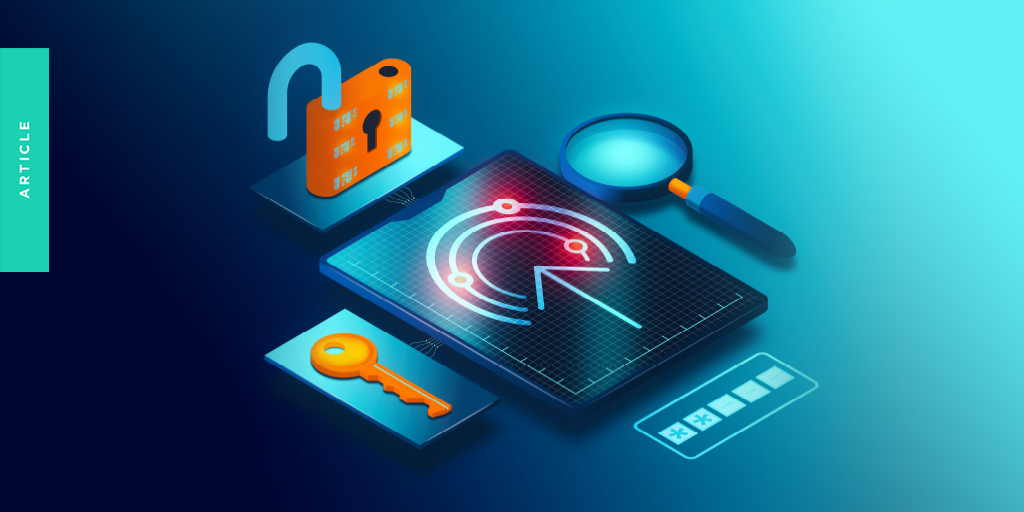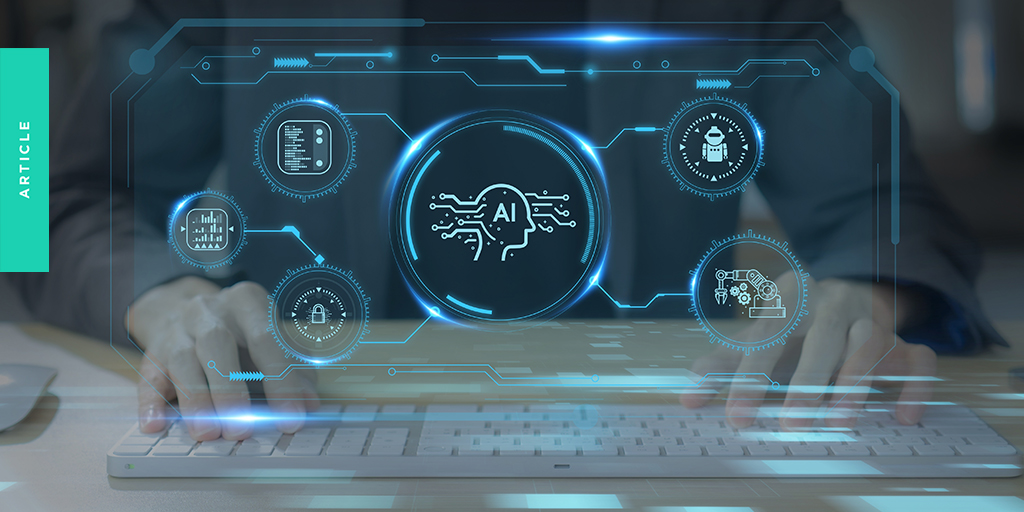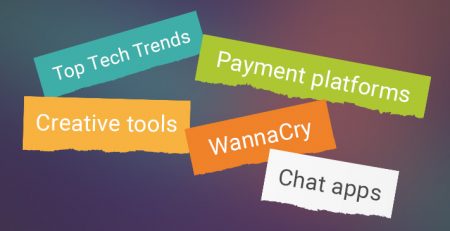Virtual Desktop Infrastructure and the Hybrid Workforce
If you run a modern business, your employees need remote access. But VPN and two-factor authentication can only go so far in protecting data as it’s transferred to or stored on endpoint devices.
Even with these solutions, only 41% of businesses have complete control over the files being shared by users, according to Security Magazine.
Want to establish more dominion over your data? Here’s how Desktop virtualization secures your data to the server – and keeps it there.
What is VDI?
Virtual desktop infrastructure (VDI) helps control and secure data by creating and managing desktops that access it via virtual machines. Employers can configure personalized desktop environments that are hosted centrally, eliminating the need for data to ever leave the server or be stored on an individual device. Employees and end-users can access these virtual desktops from any device, making them ideal for companies with BYOD programs.
As this Northridge Group analogy explains, “[VDI] makes working from a remote location comparable to a traditional commute. An employee’s desktop at work is his or her office, and the device they use remotely is the car with which they “drive” to work.” All this while your data stays safely parked in the garage (data center).
Benefits of VDI
There are numerous reasons data-aware companies and IT teams consider VDI to be a huge advantage.
- High portability.
- Increased flexibility.
- Better security.
- Improved performance.
- Easier remote access.
- Lower hardware requirements.
- More device cost savings.
What’s more, the centralized management of company-configured desktop environments makes it possible for end users to access large files with gigabit speed since they’re not being transmitted from the server. It makes those files less likely to be compromised by an outdated application or device, too.
With the widening adoption of Hyperconverged infrastructure (HCI) solutions, VDI is also increasingly scalable and cost effective.
Cases Uniquely Suited for VDI
How we work is changing, making this mechanism for remotely controlling an “in-office” desktop all the more applicable.
Some of the more popular environments and use cases include:
1. Remote/hybrid positions. Give customized or uniform access to your company network and organizational resources – regardless of user location or device – by deploying or updating virtual desktops centrally.
2. Bring your own device (BYOD). Save money purchasing company-issued computers by letting employees or contractors use their own to access their VDI. Since data lives on the server and not the device, it stays more secure.
3. Contract and task-based work. Whether you have temporary employees or large groups like call center employees, VDI is perfect for helping them access only the systems and software they need.
VDIs are a smart solution for many of today’s most data-sensitive issues. But remember, they’re just one part of your business’ comprehensive security plan. Employees still need continuous training to be partners in its protection.
Content created and provided by ONEAFFINITI.












